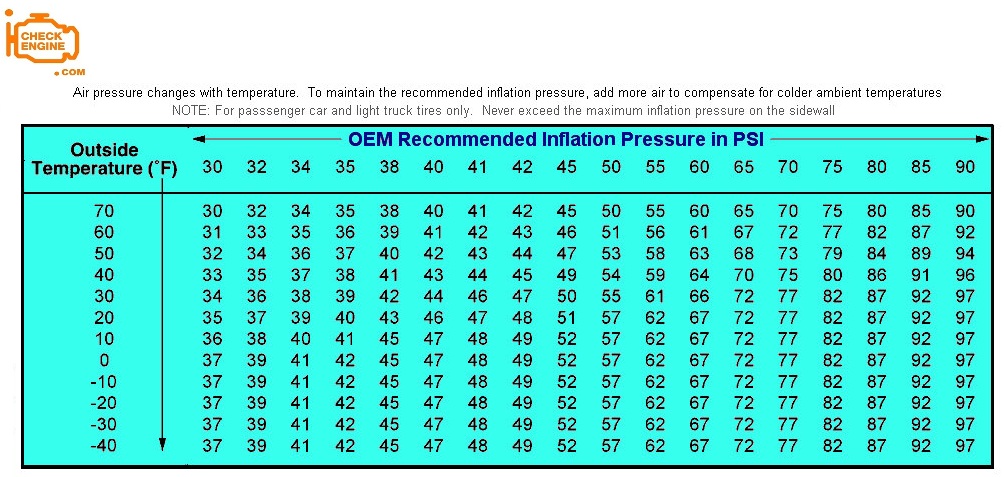Every year, the first cold days play havoc with TPMS (tire pressure monitoring systems). If your dashboard TPMS light has ever lit up on a colder-than-normal day, chances are there may be nothing wrong with your tires or wheels. It could be that the air pressure in your tires has been affected by the cold. While you’re always welcome to stop by Les Schwab to have your tire pressure checked anytime you see the TPMS indicator, here’s why your low-pressure tire light comes on and what to do when it happens to you.
Tire pressure can decrease about 1 PSI (pounds per square inch) for every 10 degrees the temperature drops. It’s not due to air escaping, but rather the air inside the tire condensing. Once it does that, it takes up less space inside the tire. When a tire drops below the recommended fill pressure, the TPMS light comes on. Thankfully, that pressure change is usually temporary. Driving will often heat up the tire and the air inside, increasing the tire’s pressure.
Please Note: Tires routinely lose 1 PSI per month as air escapes around the edge of the rim and through the tread itself. This is completely normal, which is why you should have your tire pressure checked and topped off every month at Les Schwab.
If the TPMS light does not go off after the tires have heated up, bring your tires up to the proper pressure or have your air pressure checked at Les Schwab. If it still does not turn off, you may need to reset the TPMS light.
The tire pressure light (or low-pressure indicator) is just one part of the TPMS system. Some vehicles have two dash indicators.
The low-pressure indicator looks like an exclamation point in the middle of an open-top, flat tire. This lights up when the pressure in one or more of your tires falls below the recommended fill pressure.
The TPMS light, available in some vehicles, may light up indicating an issue with the tire pressure monitoring system, such as a dead battery in one of the tire-pressure sensors. If your vehicle does not have a TPMS light, the low-pressure icon might flash, which could indicate an issue with the system.
If your vehicle does not have a TPMS light, the low-pressure icon might flash, which could indicate an issue with the system.
No matter what causes your tire pressure light to turn on, stop by any Les Schwab. We’ll add air to your tires and check out your system.
Winter temperatures can affect the pressure in your tires by up to 10 PSI. Depending on how cold it is, the TPMS light will likely shut off on its own as the air in your tires warms, expands, and reaches proper inflation levels.
Regardless, get your air checked right away. The TPMS light means your tires are below the proper air pressure. This is a safety risk, especially in the winter as the drop in air pressure can cause compromised handling and increased wear and tear on your tires. Your gas mileage could also be affected.
Driving too long with the TPMS light on (and low air pressure) could affect your safety, including handling and braking.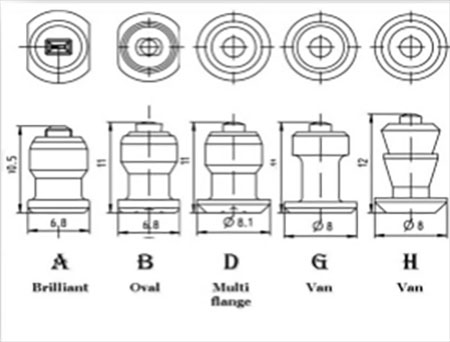 It can also decrease fuel efficiency, damage your tire sidewalls, and cause uneven tread wear. If the TPMS light does not go off after you have added air, get to Les Schwab immediately or change to your spare (if you know which tire is low) and stop by as soon as possible.
It can also decrease fuel efficiency, damage your tire sidewalls, and cause uneven tread wear. If the TPMS light does not go off after you have added air, get to Les Schwab immediately or change to your spare (if you know which tire is low) and stop by as soon as possible.
Maintaining proper air pressure can extend tire life by promoting even tread wear. Plus, correct air pressure can improve fuel efficiency by up to 3.3 percent, adding up to more miles per gallon.
Your TPMS light may flash if your vehicle’s onboard computer can’t detect the sensor, whether it has been damaged or you are using your spare tire. While many vehicle spares do have a sensor, some do not.
During colder months, we recommend you have your tire pressure checked once a month. Throughout warmer months, you might not need to check your tires as frequently.![]() You can check your tire pressure by following the steps below or by watching our video.
You can check your tire pressure by following the steps below or by watching our video.
Learn how to add air to your tires.
Look in your owner’s manual or for a special sticker on the inside driver’s side door for the standard cold tire inflation pressure. This number is the suggested PSI for your tires, as suggested by the vehicle manufacturer.
Please Note: If you suspect a tire or wheel on your vehicle may be damaged, change to a spare and head to Les Schwab. We will inspect it for free.
Verify the pressure in each tire in the morning or when the tires are cold. This will give you an accurate reading. To check the pressure in each tire, use a tire pressure gauge. These often look like a metallic pencil with a sliding measuring device on one end and a tire valve connection on the other.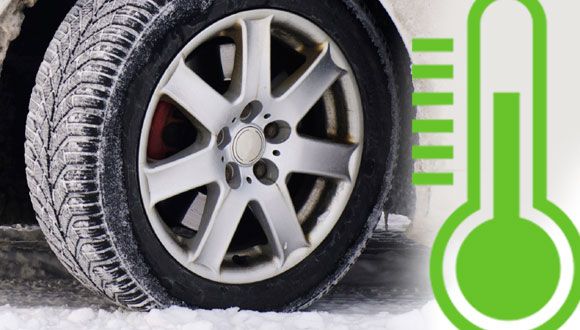
Whether you’re at a gas station or home, be sure you can safely reach all four tires with the air hose.
Put the cap in your pocket so you don’t lose it.
Begin to inflate your tire. You’ll hear air going into the tire. If you hear or feel air coming out, readjust the connection between the air nozzle and the value stem.
Keep in mind that not all air compressors inflate at the same rate. You’ll want to check your tire pressure often as you inflate. Add air as needed. To remove air, quickly push in the center pin located inside the tire valve.
This helps keep more air in your tires for a longer period of time and can keep road debris (dirt and more) from getting into the valve.
If you need help with the air pressure in your tires, find a Les Schwab store near you.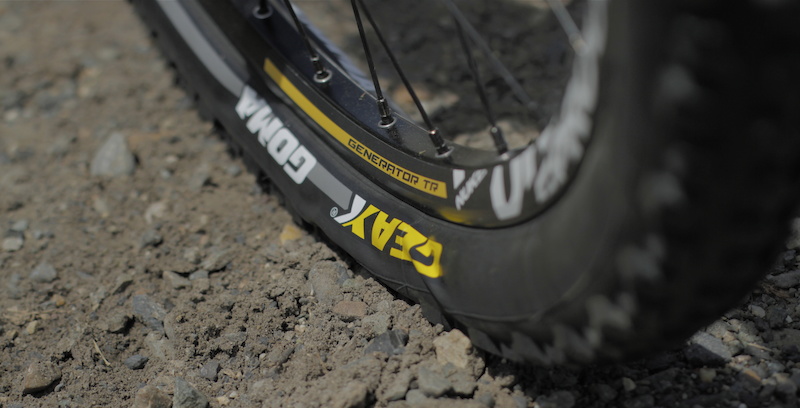 Our knowledgeable technicians will perform a free visual inspection, inflate your tires to the recommended pressure, and get you safely back on the road.
Our knowledgeable technicians will perform a free visual inspection, inflate your tires to the recommended pressure, and get you safely back on the road.
Find a Store
Yes, you typically need to inflate your tires in cold weather. As we'll explain, low temperatures often mean low tire pressure, and low tire pressure could mean dangerous driving conditions.
With the promise of holiday travel up ahead, it’s time to prepare! Firestone Complete Auto Care is here to help you drive safer with a quick lesson on cold weather and tire pressure.
First, a quick science lesson: when the temperature drops, molecules in the air move slower and huddle together. When the temperature increases, molecules move faster and farther away from one another!
You can test this concept for yourself. Just set a basketball outside and wait! The ball will slightly deflate in the cold morning air, then re-inflate in the heat of the afternoon.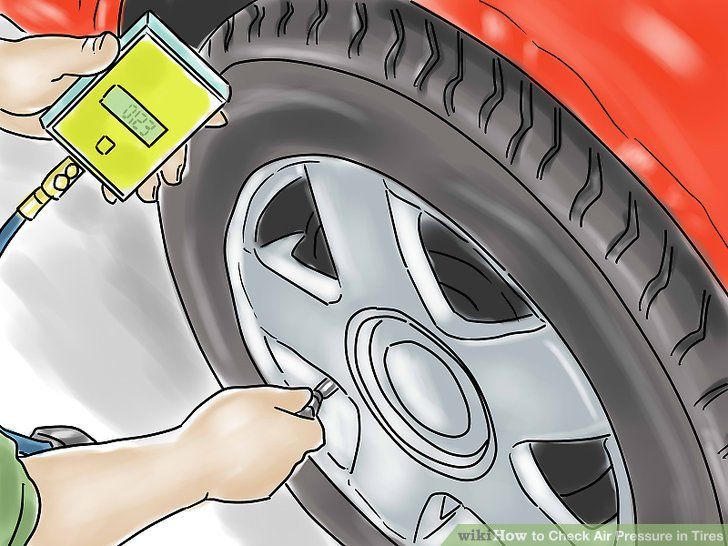
When this concept plays out inside your tires, it can affect your tire pressure.
That's because tires lose or gain 1-2 PSI (pounds per square inch) for every 10℉ change in temperature. So theoretically, your tires could lose 4 PSI over the weekend if the temperature drops by 20℉!
While your tire pressure should bounce back after the cold spell passes (assuming it does pass and your tires have no leaks or holes), low tire pressure shouldn't be ignored.
Low tire pressure can lead to:

A small decrease in tire pressure is hard for the naked eye to detect, but it can still have a big impact on your driving. Tires can lose pressure even when temperatures remain constant over the winter. To be safe, we recommend checking tire pressure every other time you visit the pump, and especially when your TPMS light pops on.
Here’s how:
You can find it written in your owner’s manual or on a sticker attached to your door jamb, glove box, or fuel hatch. Recommended tire pressure usually falls between 30-35 PSI for passenger cars. If you’re not sure, try our recommended tire pressure tool.
Measure your tire pressure before driving, not after, for the most accurate reading. This practice is referred to as setting the cold tire pressure. If your recommended tire pressure is 32 PSI, that means 32 PSI before you put rubber to the road and the tires heat up.
Tire pressure gauges can be purchased for a few dollars at most big box retailers. "Pencil" style gauges are cheapest and have a little stick that pops out with the tire pressure reading. Digital tire pressure gauges are a bit more expensive but are extremely easy to use.
This is the little black, blue, green or silver screw-cap on your wheel's valve stem. It should be plainly visible from the outside of your car.
Follow the instructions that come with your tire pressure gauge. If there's a hissing sound when you insert the gauge, it may not be properly seated on the valve stem. Re-adjust the angle of the gauge until the hissing stops. What's your tire pressure? Do your tires need to be inflated?
Repeat the process for each tire and note your tire pressure readings.
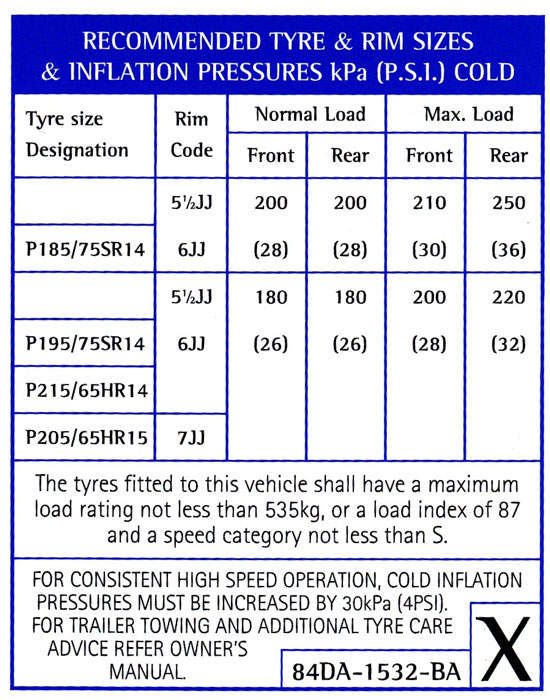 Inflate your tires, if needed.
Inflate your tires, if needed.There's a good chance you'll need to inflate your tires in winter at least once. If your tire pressure is low, find your nearest air pump. Add air until you reach your recommended tire pressure, or visit your nearest Firestone Complete Auto Care and we'll inflate your tires for you.
If you need help with any of these steps, please don't hesitate to stop by a local Firestone Complete Auto Care. Summer or winter, sunshine or snow—our knowledgeable technicians will check the health of your tires, inflate them to the recommended pressure, and guide you in buying new tires if yours show an alarming degree of wear.
17.01.2010, 00:31 #one
Here I found the info ..
Winter tire pressure:
what will the collective mind say????
Ambient temperature affects tire pressure. The lower the temperature, the lower the measured pressure.Thus, in winter, in order to compensate for the influence of low temperatures and normalize tire pressure, it is necessary to add (on a "cold" tire) 0.2 bar to normal pressure.
definitely takes more gasoline if the pressure is weak ...
19.01.2010, 16:30 #2
The pressure should be checked periodically and brought back to normal. Another thing is that not every pressure gauge works normally in winter ...
19.01.2010, 17:14 #3
Posted by k-113
The pressure actually needs to be checked periodically and brought back to normal. Another thing is that not every pressure gauge works normally in winter ..
In the cold, I simply can’t put the compressor on the nipple ... In the hose, the rubber band becomes dull and does not climb ....
19.01.2010, 17:22 #four
Once upon a time I read on the Michelin website the instructions for using their winter tires. It was written something like this - that the wheel is a complex of compressed air and tire sidewalls that supports the car. Therefore, they recommended to inflate the tire to the required pressure at temperatures from 0 to -5 and not to adjust the pressure in the future, since the pressure drop from low temperatures will be compensated by an increase in sidewall stiffness and vice versa.Only after a couple of years I couldn’t find this article anywhere, but I adhere to this recommendation, although I don’t drive Michelin.
19.01.2010, 17:24 #5
Posted by Vlad_Donets
When it's cold, I can't put the compressor on the nipple.
And you take it in the cabin and there will be no problems... In the hose, the rubber band becomes dull and does not fit...
19.01.2010, 17:33 #6
Posted by Diskeyn
And you carry it in the cabin and there will be no problems.
Yeah ... There are two options ... I come in the morning and see a broken window and no compressor ... Or so, I come in the morning and see that the temperature in the cabin is the same as outside and again the same problem . By the way, when I put a hose from heat on a nipple, pump up the wheel, the rubber becomes dub and I can’t take it off ... Such garbage ...
19.01.2010, 21:04 #7
Message from Vlad_Donets
In the cold, I can’t put the compressor on the nipple .
Can be changed to a wind-up one (I haven’t seen this separately, but it happens to be sold with a monometer)... In the hose, the rubber band becomes dull and does not fit ...
01/20/2010, 00:16 #eight
Do not forget that the pressure brought to normal in the cold also does not have a very good effect on the track. When driving, the wheel heats up and the pressure increases, the clutch patch decreases. For those who have short trips around the city, you can pump as expected, and for those who spit on the highway, just 0.2 less on a cold one.
21.01.2010, 00:10 #9
And here, last weekend, I was puzzled by the fact that it was necessary to pump up the tires, because
had changed the tires since October, I did not measure the pressure.And here you can see that the wheels are slightly lowered.
The compressor is in the trunk, and the trunk is frozen and does not even open from the passenger compartment. I went to the tire shop -
there in 3 minutes they checked all the wheels, brought the pressure to normal. Lepota I would have jumped around the machine in the cold with a compressor, well, no less than 15 minutes, and even in the cold you can put a hose on the nipple, and if you put it on, take off the fig Jumped, we know
21.01.2010, 15:08 #ten
I'm more concerned about the fact that in the cold the gauge shows something strange. And the pumping process itself is nothing, it works. But somehow it doesn’t work out very well to warm up the pump before work - it’s necessary to remember about it in the evening ...
 Tire pressure in winter (in frost)
Tire pressure in winter (in frost) We talked a lot about tires on our website and you can even say “enough” (a list of articles is given at the end), but any of the topics, even the simplest one, can be inexhaustible if you show a little about it fantasy and meticulousness, so it happened with the theme of tires. And if we decided not to stop there, then we will not bypass the topic of tire inflation.
There is no need to talk about a universal formula that would be suitable for all cases, vehicles and operating conditions. Here, no matter how much we would like to look competent and offer our own alternative, we cannot provide you with a more correct statement than that the tire pressure should be determined by the manufacturer.
Therefore, do not be lazy and find a place on your car where the factory sticker with the recommended tire inflation pressure is glued, this is normal practice on foreign cars. Most often, such stickers are found on the front of the driver's door or on the gas tank flap.
Most often, such stickers are found on the front of the driver's door or on the gas tank flap.
As a last resort, if your car does not already have such a sticker, then do not be too lazy to find the "Bible" on your car and inquire about the value of the pressure parameter when inflating tires.
Another "stumbling block", even if you found a similar plate, there may be a problem with the translation of pressure units. Let's say the pressure is in kPa, but your pump and gauge only show pressure in Bar.
On this account, we will give the ratios between the most common units, according to which you can easily accurately inflate tires to the required pressure in them.
1 bar = 1 atmosphere = 100 kPa = 14.5 psi
Also note that depending on the tire size, load, and also on the axis of its installation (front - front or rear - rear), the recommended pressure tires can be different.
The average tire pressure for passenger cars is about 2.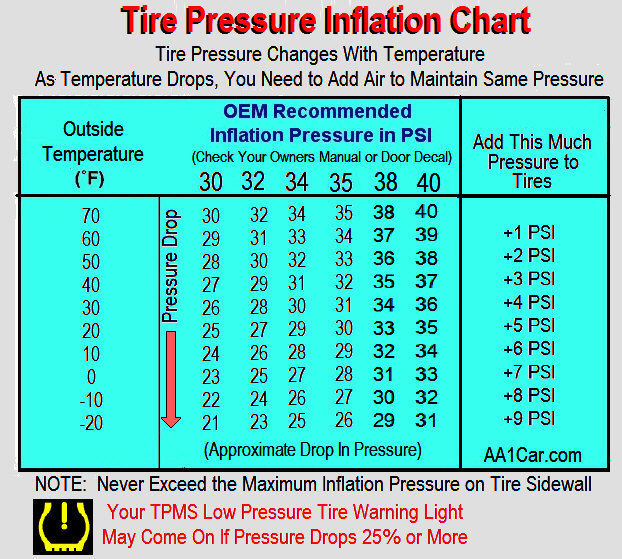 2 atmospheres.
2 atmospheres.
Most often, the compressor that you pumped up already has a pressure gauge. In most cases, this is a pointer mechanical pressure gauge. Such a pressure gauge does not differ in particular accuracy, especially in the cold period of time. The mechanical "snail" of the manometer greatly changes its mechanical properties, which can affect the pressure gauge readings up to 0.5 atmospheres, and this is already significant. If you have no alternative, then it is better to pump up with a compressor that has previously been warmed up to room temperature. Based on these features, you should not trust "street", dial gauges at gas stations during the cold season.
Pressure readings are not just made-up recommendations, but pragmatic measures that ensure efficient machine control, even tire wear and even vehicle economy. You can write your own article about each of these features.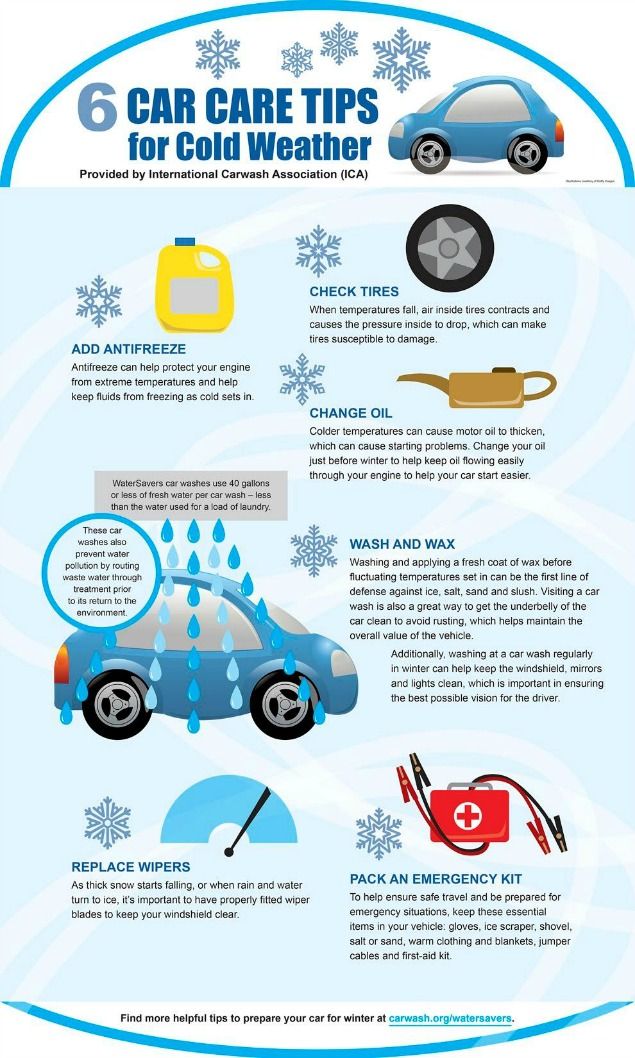 So there is such an article about the economy of the car - "How to save fuel."
So there is such an article about the economy of the car - "How to save fuel."
We will talk about wear directly here. In order for everything to look more clearly, just look at the figure characterizing tire wear at low, nominal and high pressure.
Anything to comment here is perhaps unnecessary, except to say once again about the well-known when the nominal pressure is a kind of guarantee of the durability of the tires on your car. If we talk about the handling of the car, then here the best option, during normal driving, would be the choice of nominal tire pressure. It is the full contact area that will be able to provide the proper coefficient of longitudinal and lateral slip of the tire, and will also guarantee the nominal force on the steering wheel.
We will not talk much about nitrogen tire inflation, since interest in this “occupation” has largely passed for a long time. It all started a few years ago, when many tire shops assured motorists of a slight change in the volume of gas (nitrogen) at changing temperatures, whether it was an increase or decrease.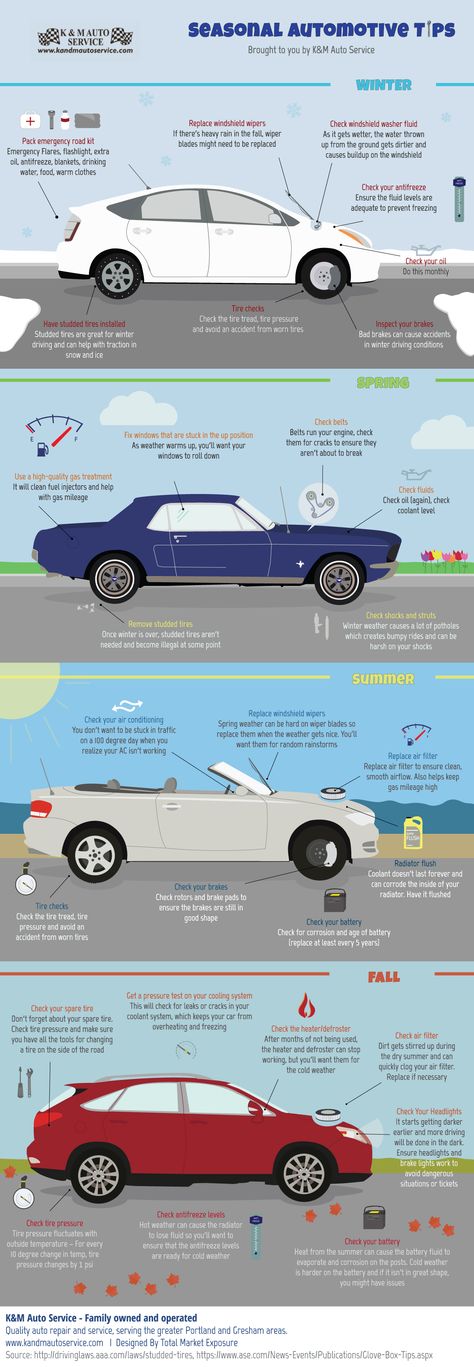 Practical reviews and the laws of physics subsequently taught many from their own experience that there are no changes when inflating tires with nitrogen, or they are on the verge of psychological self-hypnosis. Well, the second half, having looked at the interns, has already somewhat cooled off in order to try something that costs money, but does not bring any positive changes. In principle, there are simple explanations for this, which have become public property: - Air is 78 percent nitrogen; - Gay-Lussac's law states that the coefficient of volumetric expansion of all gases is the same (V/T = const) ... that says it all, let those who have ears hear.
Practical reviews and the laws of physics subsequently taught many from their own experience that there are no changes when inflating tires with nitrogen, or they are on the verge of psychological self-hypnosis. Well, the second half, having looked at the interns, has already somewhat cooled off in order to try something that costs money, but does not bring any positive changes. In principle, there are simple explanations for this, which have become public property: - Air is 78 percent nitrogen; - Gay-Lussac's law states that the coefficient of volumetric expansion of all gases is the same (V/T = const) ... that says it all, let those who have ears hear.
Is it necessary to choose a different tire pressure in the cold season (winter)? Is it right to lower the tires slightly in winter to ensure more contact with the road? It is these questions that will torment those who have read the article up to this chapter.
Well, first of all, let's say right away that manufacturers do not have recommendations for tire pressure at different temperatures, which also says something.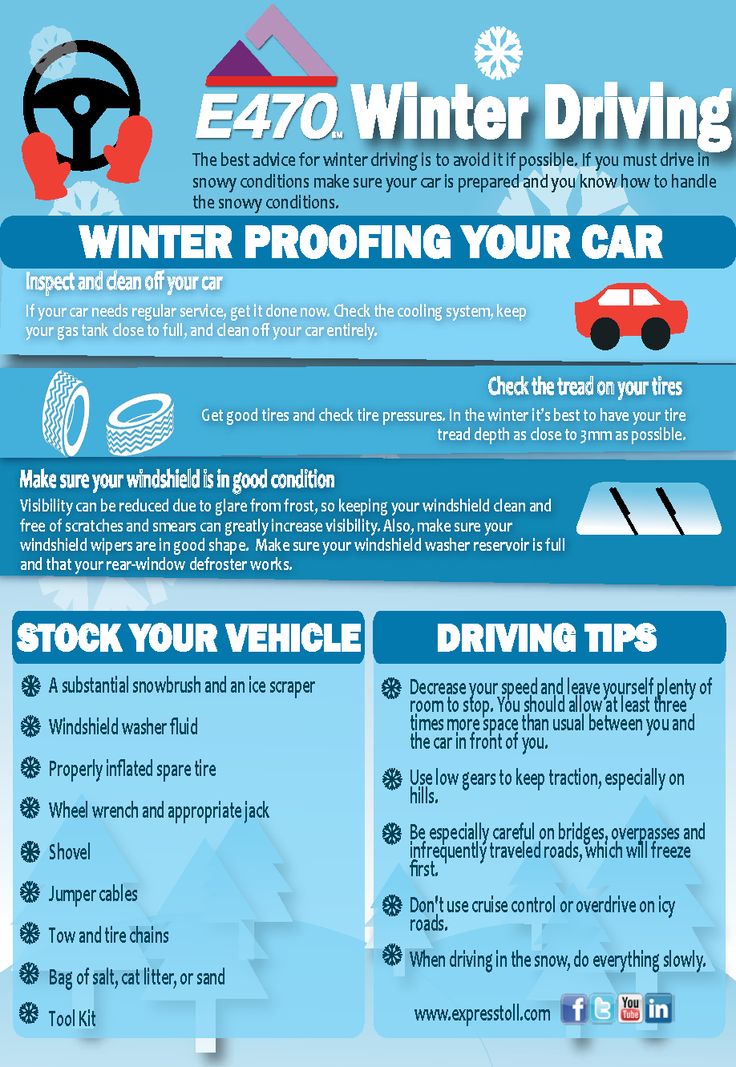 Secondly, manufacturers recommend controlling the pressure on the cold one, that is, before starting to move, it doesn’t matter what temperature we have outside (see the photo with the sign above, where cold is written). Based on this, following the Gay-Lussac law, which we mentioned, the expansion of air in the tire in winter and summer will be proportional to a certain increase in temperature, by several degrees, due to heating during movement. Logically, it turns out that the pressure in the tires must be checked for cold before the actual departure and it must be equal to the nominal recommended. We will not argue with the fact that a decrease in pressure by 0.1-0.2 atmospheres, relative to the nominal one, can really increase the area of contact between the tire and the road, thereby slightly increasing the coefficient of adhesion. However, keeping the speed limit and adequate driver behavior, based on weather and road conditions, can provide much safer driving than just low tires, keep this in mind.
Secondly, manufacturers recommend controlling the pressure on the cold one, that is, before starting to move, it doesn’t matter what temperature we have outside (see the photo with the sign above, where cold is written). Based on this, following the Gay-Lussac law, which we mentioned, the expansion of air in the tire in winter and summer will be proportional to a certain increase in temperature, by several degrees, due to heating during movement. Logically, it turns out that the pressure in the tires must be checked for cold before the actual departure and it must be equal to the nominal recommended. We will not argue with the fact that a decrease in pressure by 0.1-0.2 atmospheres, relative to the nominal one, can really increase the area of contact between the tire and the road, thereby slightly increasing the coefficient of adhesion. However, keeping the speed limit and adequate driver behavior, based on weather and road conditions, can provide much safer driving than just low tires, keep this in mind.